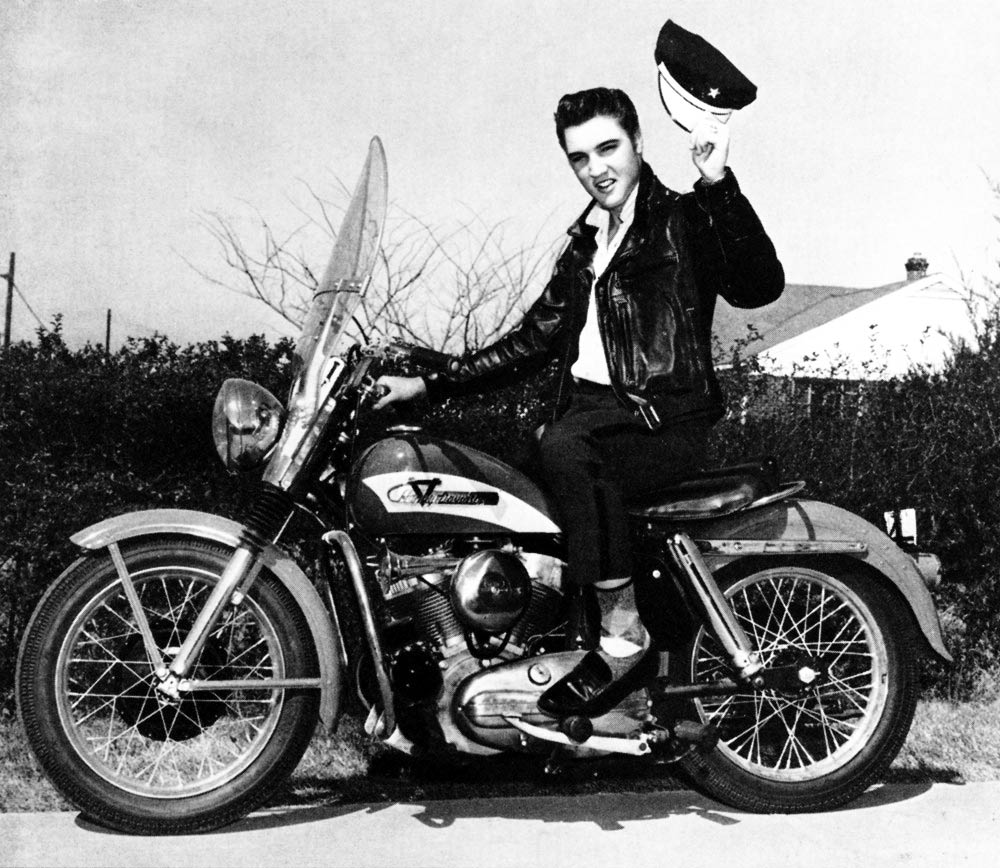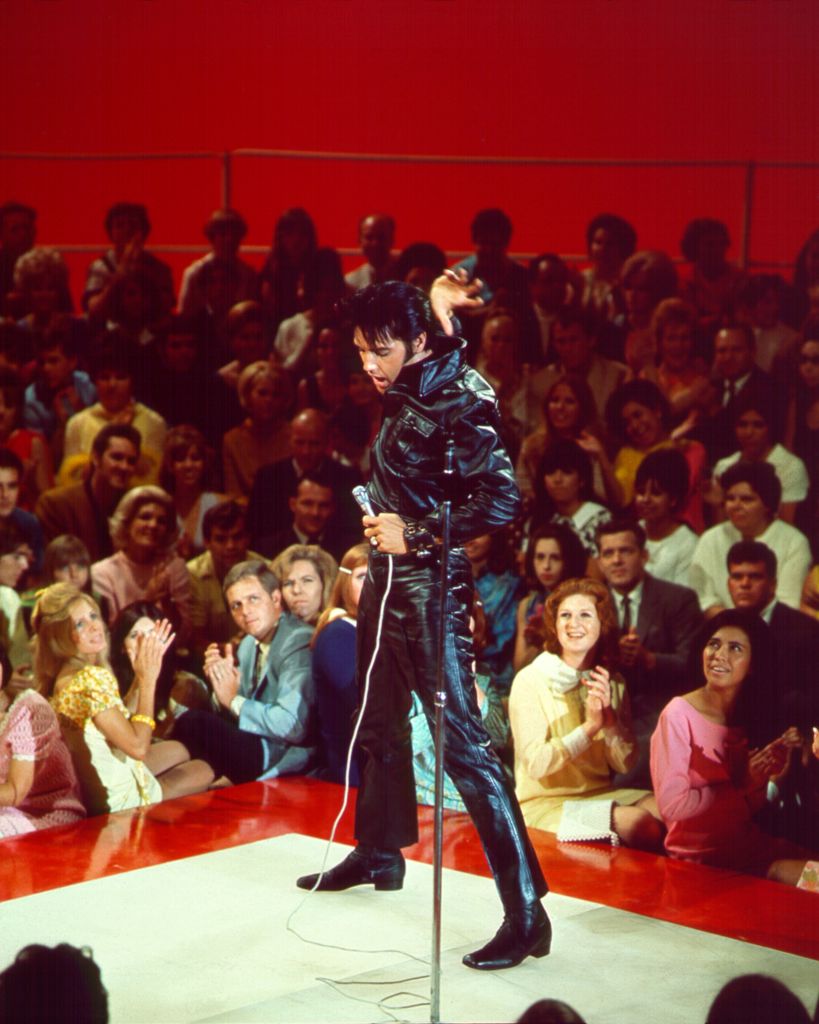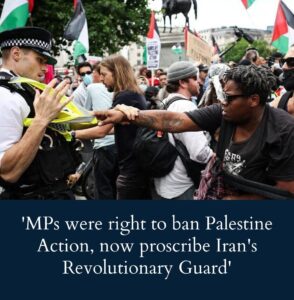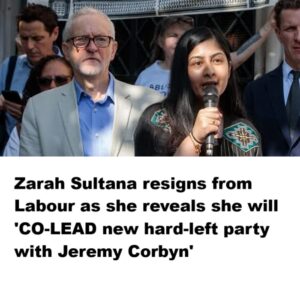For Elvis Presley fans, a new Netflix documentary is a goldmine of untold stories.
In the singer’s epic comeback special, we get a sneak peek behind the scenes, where he opens up about being fed up with Hollywood’s cash-grab musicals and how badly he wanted to get back on top.
Discover how Presley, deeply dissatisfied and terrified of performing, turned to a legendary actor for help in reinventing himself.
Elvis Presley’s life continues to captivate us, even 47 years after his passing.
It’s almost unimaginable that he was only 42 when he left us, especially considering the legacy he left behind. But now, a new Netflix documentary, Return of the King: The Fall & Rise of Elvis Presley, takes us deeper into the King’s personal struggles and his iconic 1968 comeback.
For fans, the documentary offers a rare behind-the-scenes look, featuring never-before-seen clips and new interviews with Presley’s ex-wife, Priscilla Presley, and his close confidante/business partner, Jerry Schilling.
Elvis’ heartbreaking confession
The film also dives into the raw moments leading up to Elvis’ ’68 Comeback Special — a turning point in his life and career. Aired on NBC on December 3, 1968, it marked Presley’s return to live performance after a seven-year hiatus, a period in which he focused mainly on film roles.
Directed by Jason Hehir, the film sheds light on Presley’s frustrations with Hollywood and his quest to redefine his career.
“I was interested in exploring his decision to play in front of a live audience for the first time in seven years,” says Hehir. “1968 was the biggest crossroads of Elvis’s life. It made sense to take a deep dive.”
In the documentary, we hear Elvis’s candid frustration with the image Hollywood had created for him. “Hollywood’s image of me was wrong, and I knew it, and I couldn’t do anything about it,” Presley confesses. “I didn’t know what to do. I just felt I was obligated to things I didn’t fully believe in.”
“That to me is a crime”
Perhaps one of the most emotional moments of the documentary is when Priscilla Presley watches a clip of Elvis performing the children’s song ”Old MacDonald Had a Farm” in the 1967 film Double Trouble.
“That to me is a crime,” Priscilla says, her voice tinged with sadness.
“It is a crime. To put him in that situation and sing that song. It made him a laughingstock. And he knew it.”
Elvis’s film career had been a rollercoaster of highs and lows. While he initially starred in a string of successful films, his later years in Hollywood felt increasingly limiting.
By the mid-1960s, his roles in formulaic, cash-grab musicals frustrated him. His dream of being the next James Dean or Marlon Brando seemed more out of reach than ever. Jason Hehir reveals that Elvis sometimes became “physically ill” thinking about his film career.
“He was frustrated, but he was also disillusioned. He wanted more.”
Elvis frustration boiled over
In 1968, after seven years of no live performances and increasingly mediocre films, Elvis was at a crossroads. His frustration boiled over, and he decided to make a bold move — returning to the stage.
The former teen idol was eager to reclaim his throne, but few realize just how uncertain and terrified Elvis was before stepping back onto the stage.
”He almost didn’t leave his dressing room,” Hehir explains. ”He was terrified of going back out in front of an audience, and he always had horrible stage fright. This goes back to the days of Ed Sullivan and the early days of performing in his career. He always had tremendous anxiety about going out and performing in front of people. But then, once he got out there, that’s where he was the most comfortable in the world, on a stage with a microphone in his hand.”
Truth behind iconic outfit
Once he did step onto that stage, he wasn’t just any performer — he was a man reinventing himself. There’s an iconic photo of Elvis performing that night, where he famously channeled one of his acting idols, Marlon Brando, by wearing a black leather suit. But why?
It all started when show producer Steve Binder discovered a photo of Elvis sitting on a Harley Davidson, rocking a leather outfit that screamed Marlon Brando in The Wild One. Inspired by the image, he showed it to costume designer Bill Belew, asking if he could create something similar for Elvis to wear during the show.

Belew, ever the visionary, suggested designing a custom leather ensemble that would be uniquely Elvis — perfect for his big comeback.
Belew initially envisioned Elvis in a bold, Napoleon-inspired look, with a high-collared leather jacket that framed his face perfectly. To complete the outfit, he paired it with soft silk shirts and a scarf around his neck. But would the King approve? Absolutely. Elvis was on board with the vision, and together, they settled on the final design.
The outfit made its way into both the arena and improvisation segments of the special. While Binder hadn’t fully anticipated how scorching hot the stage lights would be, Belew had a feeling that Elvis, ever the professional, would still love the outfit — even if it meant sweating under the intense heat.
The story behind Elvis’s iconic outfit has been known for some time, but with the advent of new AI technology, old black-and-white photos can now be colorized, offering an even stronger sense of how groundbreaking Elvis’s look was.

The bold black leather jacket, in particular, is often seen as a powerful statement —many have interpreted it as Elvis’s way of showing the world that he still had it, proving that the King was back and ready to reclaim his throne.
The comeback was also a resounding success, with the special earning huge viewership and the soundtrack hitting the top ten on the Billboard 200.
”He hadn’t performed in seven years… so many things had changed since he was the guy who could captivate audiences,” Hehir says. ”He used to have screaming teenage girls, but those teenage girls were now mothers.”
Changed almost everything in his life
Sure, the album sales weren’t exceptional, especially when compared to the huge success Elvis Presley had achieved earlier.
However, the success of the TV special gave his career new life and literally paved the way for his return to live performances.
In the end, it changed almost everything in his life. Elvis was back — so was his artistry and dignity. But despite that, his self-image as an actor never really recovered. Hollywood had damaged him too much, and it was something he could never fully get over.
”We still don’t know what kind of actor Elvis could have become,” Hehir reflects. ”His movie career just dried up. It was so mismanaged that he never got a chance to develop as an actor and demonstrate any sort of acting skills. . . . But I think he also recognized what he truly loved.”
Elvis’s 1968 comeback was nothing short of legendary! After years of Hollywood missteps, he came back stronger than ever, reclaiming his throne with that iconic special.
It wasn’t just about the music – it was about showing the world the real Elvis, the artist he always was. If this story got you feeling nostalgic, share it with fellow Elvis fans – let’s keep the King’s legacy rocking!
READ MORE
The post Why Elvis channeled Marlon Brando in iconic leather look appeared first on Entertainment Mind.





